Results 1,621 to 1,630 of 12091
Thread: Anandtech News
-
02-26-12, 09:11 AM #1621
Anandtech: Intel Demos Graphics Performance Analyzer 2012 for Android
One of Intel's advantages as it gets into the smartphone market is its extensive software experience, particularly when it comes to performance optimization and analysis. On Monday at GDC Intel will officially unveil its Graphics Performance Analyzer for Android, allowing game developers, hardware partners and curious hardware reviewers to tap into counters on an Intel Atom SoC.
Power analysis, USSE pipe utilization and all sorts of wonderful performance/state counters are available via the tool. The GPA runs over adb on a tethered Windows machine, with minimal performance impact to the Intel Android smartphone it's attached to. The tool will obviously only work on Intel based devices and is currently limited to Intel's Android reference platform, although I would expect other derivative Atom based Android smartphones to gain support at some point.
Gallery: Intel Demos Graphics Performance Analyzer 2012 for Android
More...
-
02-26-12, 09:30 AM #1622
Anandtech: Up Close With LG's 5-inch Optimus Vu
We talked about LG's 5-inch Optimus Vu smartphone/tablet last week, but today we were able to spend some time with the device itself. As Jason mentioned in our post on it, the Optimus Vu does use a Snapdragon S3 SoC running at up to 1.5GHz. It's a unique form factor that definitely has some niche appeal if you're looking for a pocketable tablet.
The Vu is currently running Gingerbread but LG expects to upgrade it to ICS before the end of the year. I suspect that will be the major issue with device adoption. Without ICS, the UI performance of the device needs work - particularly when it comes to scrolling around the browser. By the time ICS is ready for the device I do hope LG will consider migrating it to Krait/Snapdragon S4.
Check out the gallery below for more shots of the Optimus Vu.
Physical Comparison LG Optimus Vu Samsung Galaxy Note Dell Streak Galaxy Nexus LTE Motorola Droid RAZR MAXX Height 139.6 mm (5.49") 146.9 mm (5.78") 152.9 mm (6.02") 135.5 mm (5.33") 130.7 mm (5.15") Width 90.4 mm (3.56") 83 mm (3.27") 79.1 mm (3.11") 67.9 mm (2.67") 68.9 mm (2.71") Depth 8.5 mm (0.33") 9.7 mm (0.38") 9.98 mm (0.39") 9.47 mm (0.37") 8.99 mm (0.35") Weight 139 g (4.9 oz) 178 g (6.3 oz) 220 g (7.76 oz) 150 g (5.3 oz) 145 g (5.1 oz) CPU 1.5 GHz Dual-core Qualcomm Snapdragon 1.2 GHz Exynos 4210 Dual-core Cortex-A9 Qualcomm Scorpion @ 1GHz 1.2 GHz Dual-core OMAP 4460 Cortex-A9 1.2 GHz Dual-core OMAP 4430 Cortex-A9 GPU Adreno 220 ARM Mali-400 Adreno 200 PowerVR SGX 540 PowerVR SGX 540 RAM 1 GB LPDDR2 1 GB 512MB LPDDR1 1 GB LPDDR2 1 GB LPDDR2 NAND 32GB NAND 16 or 32GB NAND, up to 32GB microSD 16GB micro SD + 2GB integrated 16GB NAND 16GB NAND, 16GB Class 4 microSD preinstalled Camera 8MP AF with LED Flash + 1.3MP Front Facing Camera 8MP AF with LED Flash + 2MP Front Facing Camera 5MP AF with dual LED Flash + Front Facing Camera 5MP AF with LED Flash + 1.3MP Front Facing Camera 8MP AF with LED Flash + 1.3MP Front Facing Camera Screen 5.0" 1024 x 768 IPS 5.3" 1280 x 800 HD Super AMOLED 5" 800 x 480 4.65" 1280 x 720 HD Super AMOLED 4.3" 960 x 540 Super AMOLED Advanced Battery Integrated 7.7Whr Removable 9.25Whr Removable 5.661 Whr Removable 6.85Whr Internal 12.4Whr
Gallery: Up Close With LG's 5-inch Optimus Vu
More...
-
02-26-12, 10:50 AM #1623
Anandtech: Samsung Fleshes Out Tab 2 Line and Unveils Galaxy Beam

We wondered what we could expect from the second iteration of the Galaxy Tab 10.1, both in specs and naming convention. To a certain degree, our fears were confirmed today, in an announcement just ahead of Mobile World Congress. Having christened the latest iteration of the 7" variant the Galaxy Tab 2 (7.0), we are now blessed with the Galaxy Tab 2 (10.1). While not the most elegant naming convention, we do appreciate the consistency. Aside from the name we got some press shots that reveal an obvious landscape bias with larger speakers flanking the 10.1" screen, though chassis width is unaffected. The Android 4.0 (Ice Cream Sandwich) powered Tab 2 (10.1) is a touch more than a milimeter thicker (9.7 mm) than its predecessor, which is a bit of a surprise given that the original 10.1 was designed to one-up the iPad 2 in thickness at just 8.6 mm.
Gallery: Samsung Galaxy Tab 2 (10.1) Press Gallery_Product_Image_(1)_thumb.jpg)
_Product_Image_(2)_thumb.jpg)
_Product_Image_(3)_thumb.jpg)
_Product_Image_(4)_thumb.jpg)
It is likely that the entire Galaxy Tab 2 will share the same, still unidentified, hardware platform; a 1.0 GHz dual-core SoC powers both the Tab 2 (7.0) and Tab 2 (10.1). These specs are quite similar to the Tegra 2 platform that powered the original Galaxy Tab 10.1, and the 10.1" screen is likely the same PLS panel from the original. Pair the relatively modest specs (in comparison to say the Asus Eee Pad Transformer Prime) and the rumors of a new 10.1" Galaxy Note with a ultra-high density display and a next-generation SoC, and it's likely that the Tab 2 line is being set-up as a lower priced, mainstream line. With component prices for the first generation of Android tablets coming down, we can expect this sort of stratification from all of the tablet OEMs in the next few months. If that's the case, then the Tab 2 line might not wow us with its performance, but it might make a compelling bargain purchase for those users that haven't tested the waters of the tablet market yet.
Aside from the fleshed out Tab 2 line, Samsung also introduced a new phone to the Galaxy family, the Galaxy Beam. The specifications are pedestrian at best: 1.0 GHz dual-core SoC, 4.0" WVGA (800x480) TFT display, 5MP camera and running Android 2.3 (Gingerbread). What makes this a unique proposition is the microprojector contained within. Touted as providing a "high-definition" image at up to 50 inches, we were surprised to see that no detailed specifications on the projector unit were provided. Rumors that microprojectors would be the next big thing in phones have permeated the industry for a few years, this might finally be the year. We'll hopefully have some hands-on time with the device to flesh out some details. What we do know is that the phone is chunky at 12.5 mm, owing in large part to the projector, and that a substantial 7.4 Whr (2000 mAh) battery will keep your vacation slide shows rolling, untethered.Tablet Specification Comparison Samsung Galaxy Tab 2 (10.1) Samsung Galaxy Tab 10.1 Apple iPad 2 ASUS Eee Pad Transformer Prime Dimensions 256.6 x 175.3 x 9.7mm 256.6 x 172.9 x 8.6mm 241.2 x 185.7 x 8.8mm 263 x 180.8 x 8.3mm Display 10.1-inch 1280 x 800 Super IPS+ 10.1-inch 1280 x 800 PLS 9.7-inch 1024 x 768 IPS 10.1-inch 1280 x 800 Super IPS+ Weight 588g 565g 601g 586g Processor 1GHz Dual-core SoC 1GHz NVIDIA Tegra 2 (2 x Cortex A9) 1GHz Apple A5 (2 x Cortex A9) 1.3GHz NVIDIA Tegra 3 (4 x Cortex A9) Memory 1GB 1GB 512MB 1GB Storage 16GB/32GB + microSD slot 16GB 16GB 32GB/64GB + microSD slot Pricing $??? $499 $499 $499/$599
Gallery: Samsung Galaxy Beam Press Gallery_thumb.jpg)
_thumb.jpg)
_thumb.jpg)
_thumb.jpg)
_thumb.jpg)
_thumb.jpg)
MWC hasn't even started yet, so we'll have plenty more announcements to come. Stay tuned.
Source: Samsung (1), (2)
More...
-
02-26-12, 01:00 PM #1624
Anandtech: Sony Announces Xperia P and U, joining Xperia S NXT Series
Back at CES, then Sony Ericsson announced the Xperia S. Today at MWC 2012, the newly acquired Sony Mobile Communications announced two more Xperia NXT series devices - the Xperia P and Xperia U.
The Xperia P features a 4" reality display with Sony's Mobile BRAVIA and WhiteMagic enhancement engines, the latter of which is new for Xperia. In addition the P includes a 1 GHz dual core ST-E U8500 SoC. ST-E's U8500 NovaThor consists of two ARM Cortex A9 with the NEON MPE and Mali-400 graphics. It's interesting to see Sony going with the U8500 here considering the Xperia S includes a 1.5 GHz MSM8260 SoC. In addition the phone includes 16 GB of internal storage, 8 MP camera, HDMI, and NFC. The only bad news is that the Xperia P will launch running Android 2.3 and receive Android 4.0 in the second quarter of 2012.
The Xperia U is a compact model which continues the same style and design language. It has a 3.5" display with Sony's Mobile BRAVIA, the same 1 GHz dual core ST-E U8500 SoC, and 5 MP camera. Just like the Xperia P, the U will launch running 2.3 and get an update to 4.0 in the second quarter of 2012.Sony Xperia Additions Specifications Device Xperia P Xperia U Dimensions 122 x 59.5 x 10.5 mm 112 x 54 x 12 mm Mass 120 grams 110 grams SoC 1 GHz ST-E U8500 NovaThor OS Android 2.3 at launch, Android 4.0 Q2 2012 Camera 8 MP 5 MP Display 4" 960 x 540 3.5” 854 x 480 Cellular Support UMTS 850/900/1900/2100
GERAN 850/900/1800/1900UMTS 850/1900/2100 -or-
UMTS 900/2100
GERAN 850/900/1800/1900RAM/NAND ? MB LPDDR2 / 16 GB (13 GB Available) 512 MB LPDDR2 / 8 GB (6 GB Available)
Source: Sony Mobile Communications
More...
-
02-26-12, 03:00 PM #1625
Anandtech: HTC's New Strategy - The HTC One
HTC begins 2012 with the reveal of a new unified brand strategy. Although HTC as a company has made significant progress in attaining mindshare, its devices lack a single focus to compete with the likes of Apple’s iPhone or Samsung’s Galaxy S brands. HTC, like many of its competitors, chose to spread its brand equity across multiple device brands like EVO, Sensation, Thunderbolt, Desire, and so forth. Moving forward, HTC is hoping to change that with the introduction of a new unified brand to do battle with these other brands: the HTC One.
The goal is that you’ll be able to walk into any mobile operator store, in any region, in any part of the world and ask for the HTC One. There will still obviously be variants of the One, but the brand will remain constant across them. Read on for some impressions and benchmarks.
More...
-
02-26-12, 06:10 PM #1626
Anandtech: Orange to Sell Co-Branded Intel Smartphone Reference Design Directly to Cu
At CES Intel announced both Lenovo and Motorola would be bringing Atom based smartphones to market in 2012. Lenovo showed off its K800 for the China market at the show, while Motorola offered a more vague commitment to bring multiple devices to market starting later this year. Today Intel announced its next Atom/Medfield customer: Orange.
A French Telecom brand, Orange is one of the world's largest mobile network carriers. The nature of the partnership with Intel is quite unique - Orange will be selling a co-branded version of Intel's Medfield reference design platform, effectively cutting out any branded device manufacturer and going direct to customers with Intel's platform.
Read on for our analysis of the announcement.
More...
-
02-27-12, 04:40 AM #1627
Anandtech: The ASUS Transformer Pad 300 Series
The Transformer Pad Infinity is the new high-end Android tablet from ASUS, but the TF Pad 300 series slots in below the TF Prime at $399. Still based on NVIDIA's Tegra 3 (likely lower clocks than the TF Pad Infinity), the 300 Series drops the aluminum chassis in favor of a similarly styled plastic body (available in three colors: red, white, navy). Thickness and weight are both up (9.9mm vs 8.3mm), but the 300 Series is still thinner and lighter than the original Eee Pad Transformer.
The SoC used in the 300 Series is exclusively NVIDIA, but 4G LTE connectivity will apparently be an option through a discrete LTE baseband.
The 1280 x 800 panel used in the 300 Series maintains the same 1280 x 800 resolution of the Prime but it drops the Super IPS+ designation, it's just standard IPS.
ASUS Tablet Specification Comparison ASUS Eee Pad Transformer ASUS Transformer Pad 300 Series ASUS Eee Pad Transformer Prime ASUS Transformer Pad Infinity Dimensions 271mm x 175mm x 12.95mm 263 x 180.8 x 9.9mm 263 x 180.8 x 8.3mm 241.2 x 185.7 x 8.5mm Chassis Plastic Plastic Aluminum Aluminum Display 10.1-inch 1280 x 800 10.1-inch 1280 x 800 IPS 10.1-inch 1280 x 800 Super IPS+ 10.1-inch 1920 x 1200 Super IPS+ Weight 675g 635g 586g 586g Processor 1GHz NVIDIA Tegra 2 (2 x Cortex A9) NVIDIA Tegra 3 (4 x Cortex A9) 1.3GHz NVIDIA Tegra 3 (4 x Cortex A9) 3G/4G LTE - 1.5GHz Qualcomm Snapdragon S4 MSM8960 (2 x Krait)
WiFi - 1.6GHz NVIDIA Tegra 3 T33 (4 x Cortex A9)Memory 1GB 1GB 1GB 1GB Storage 16GB + microSD card 16GB 32GB/64GB + microSD slot 16GB - 64GB Battery 24.4Whr 22Whr 22Whr 25Whr Pricing $399 $399 $499/$599 $599 - $799 est
More...
-
02-27-12, 04:40 AM #1628
Anandtech: ASUS Reveals Padfone Specifications
ASUS has been talking about its Padfone product for quite a while now but we're finally getting some more detailed specs on it. As a recap, Padfone is a smartphone that can dock into a tablet, which can then dock onto a keyboard to build a ultraportable netbook/notebook.
The Padfone itself is based on Qualcomm's Snapdragon S4, although it's not clear what S4 model number is being used. The MSM8960 would obviously make sense, but since ASUS isn't listing LTE connectivity as a feature it could easily be the MSM8260A. The 4.3-inch display features a qHD resolution, although when docked into the Padfone station you get a 10.1-inch 1280 x 800 IPS panel driven by the phone.
ASUS Padfone Specifications ASUS Padfone Networks WCDMA 900/2100MHz
EDGE/GPS 850/900/1800/1900MHz
HSPA+ 21/5.76Mbps (42Mbps Optional)OS Android 4.0 (ICS) CPU Snapdragon S4 (dual-core Krait) with Adreno 225 GPU Memory 1GB LPDDR2 RAM + 16 - 64GB eMMC NAND Connectivity 802.11b/g/n, Bluetooth 4.0, 3.5mm audio jack, microUSB 2.0 Display 4.3-inch Super AMOLED qHD (960 x 540) Camera Rear: 8MP F2.2, AF with LED Flash
Front: VGAOthers Motion sensor, proximity light sensor, gyro sensor, e-compass Battery 1520mAh Li-ion Expansion Slot microSD (SDHC/SDXC up to 32GB) Dimensions 128mm x 65.4mm x 9.2mm Weight 129g
The Padfone station adds a 24.4Whr battery which should increase battery life tremendously. The flexibility of the Padfone platform is certainly unique and it's good to see ASUS experimenting with new form factors and usage models as it expands its position in the mobile industry. It's still not entirely clear what the ideal mobile device is. There are obvious benefits to having a smartphone, tablet or notebook. The Padfone tries to give you all three in a single platform. Conceptually it makes sense, how well it works in practice is only partially in ASUS' hands. The hardware aspect must be properly executed but there's also the software component. Seamless transitions between the different usage modes is important, but there's also the question of whether or not Android is ready for prime time as a notebook OS. I think it's safe to say that as a smartphone and tablet OS Android is doing quite well, but its usefulness as a notebook OS is still up for debate depending on what you do. If the TF Prime + dock is an option in your eyes, the Padfone is definitely an even more flexible alternative.
As Microsoft heads toward a more unified OS strategy across smartphones, tablets and PCs, a Windows 8 based Padfone may be an interesting option...ASUS Padfone Station Specifications ASUS Padfone Station Connection Interface Micro USB + Micro HDMI Display 10.1-inch 1280 x 800 with Capacative Touch Camera Rear 8MP (via Padfone rear camera)
Front 1.3MP (1280 x 800)Others Vibration sensor, 2 color LED indicators for battery status Battery 24.4Whr IO 2-in-1 audio jack, 40-pin connector External Antenna Phone/GPS Dimensions 273mm x 176.9mm x 13.65mm (h-average) Weight 724g
More...
-
02-27-12, 04:40 AM #1629
Anandtech: The ASUS Transformer Pad Infinity: 1920 x 1200 Display, Krait Optional
The Eee Pad brand is gone, ASUS has officially reduced it to just Transformer Pad. One of the first tablets to carry the new Transformer Pad brand is one we saw at CES. Back then it was known as the Eee Pad Transformer Prime TF700T, but now it's simply the ASUS Transformer Pad Infinity.
Equipped with a 10.1-inch Super IPS+ 1920 x 1200 display, the Transformer Pad Infinity is ASUS' new high-end Android tablet. The WiFi version will ship with a 1.6GHz NVIDIA Tegra 3 SoC, a speed bump up from the 1.3-1.4GHz part that shipped in the original TF prime. The big surprirse is the 3G/4G LTE version will use a Snapdragon S4 MSM8960 based on Qualcomm's new 28nm Krait architecture. According to ASUS' specs, the Infinity gets a 13.6% increase in battery capacity compared to the Transformer Prime - probably to help offset the increased power consumption from lighting the 2.3MP display.
The TF Pad Infinity is slightly thicker than the TF Prime but the dimensions and weight apparently remain unchanged. The aluminum body is still available in two colors: amethyst grey and champagne gold. Just as we saw at CES, there's a plastic RF window strip across the back of the tablet to improve WiFi/GPS reception.
The TF Pad Infinity is also available with an optional mobile dock featuring an additional 22Whr battery. The dock measures 263mm x 180.8mm x 8 - 10.4mm and weighs 537g.
We're expecting pricing to be north of $599 depending on capacity and wireless connectivity. Although NVIDIA's Tegra 3 seemed to handle the higher resolution of the Infinity fine at CES, the Snapdragon S4 version could be even smoother thanks to its dual-channel memory controller. Expect availability to be limited based on panel supply, at least early on.
Tablet Specification Comparison ASUS Eee Pad Transformer ASUS Eee Pad Transformer Prime ASUS Transformer Pad Infinity Apple iPad 2 Dimensions 271mm x 175mm x 12.95mm 263 x 180.8 x 8.3mm 263 x 180.8 x 8.5mm 241.2 x 185.7 x 8.8mm Display 10.1-inch 1280 x 800 10.1-inch 1280 x 800 Super IPS+ 10.1-inch 1920 x 1200 Super IPS+ 9.7-inch 1024 x 768 IPS Weight 675g 586g 586g 601g Processor 1GHz NVIDIA Tegra 2 (2 x Cortex A9) 1.3GHz NVIDIA Tegra 3 (4 x Cortex A9) 3G/4G LTE - 1.5GHz Qualcomm Snapdragon S4 MSM8960 (2 x Krait)
WiFi - 1.6GHz NVIDIA Tegra 3 T33 (4 x Cortex A9)1GHz Apple A5 (2 x Cortex A9) Memory 1GB 1GB 1GB 512MB Storage 16GB + microSD card 32GB/64GB + microSD slot 16GB - 64GB 16GB Battery 24.4Whr 22Whr 25Whr 25Whr Pricing $399 $499/$599 $599 - $799 est $499
Gallery: The ASUS Transformer Pad Infinity: 1920 x 1200 Display, Krait Optional


More...
-
02-27-12, 04:40 AM #1630
Anandtech: Qualcomm Announces MDM9x25, MDM8225 support 3GPP Rel.10, advanced Carrier
Paying attention to basebands is something that really has become one of our niches. So much of a smartphone's design is entirely rooted in requirements around what air interfaces it has to operate with, and there's always a delicate balancing act between the OEMs, carriers, and silicon vendors all wanting different things. If you can predict the constrains, you can largely predict the choices, and out fall the handsets themselves.
At last year's MWC, Qualcomm announced MDM9x25, the spiritual successor to MDM9x00, which we've seen in a huge number of 4G LTE devices - everything from data cards to hotspots to smartphones. Whereas MDM9x00 was a 45nm design, MDM9x25 is a 28nm design just like MDM9x15, and includes support for just about every air interface out there - CDMA2000 1x/EVDO, GSM/EDGE, TD-SCDMA, UMTS (HSPA+, DC-HSPA+), and LTE-Advanced. What it builds on from MDM9x15 is both increasing the UE Category from 3 to 4 -which connotes a corresponding boost in maximum downlink bandwidth from 100 Mbps to 150 Mbps on 20 MHz FDD, inclusion of MIMO and DC HSPA+ (two things that were previously mutually exclusive in earlier 3GPP releases) - and also being targeted at a more traditional data card or wireless hotspot application. MDM9x15 is still largely targeted for deployment on handsets running on carriers who are pushing currently for DC-HSPA+ and LTE Category 3 (both TDD and FDD).
Today, what Qualcomm is announcing are some more details about MDM9625/MDM9225 and also MDM8225. The news is simple - all three parts support 3GPP Release 10, and the carrier aggregation techniques within, including asymmetric aggregation for unpaired spectrum, and inheritance of the multi-band carrier aggregation from Release 9. You might wonder why those particular three parts would be singled out, but the reasons are simple. First, 3GPP Releases define both HSPA+ and LTE features since Release 8. Second, the two tiers remain analogous the same way MDM9x15 is analogous with MDM8215, and I would wager MDM9x00 was with MDM8220.
There are some other interesting other details I've learned about MDM9x25 as well. This will be the first part I'm aware of that will come with GNSS support for GPS, GLONASS, and Compass - the Chinese satellite navigation system. MDM9x25 will work with Qualcomm's WTR1605 transceiver and PM8019 power management IC.
The final addendum is confirmation of something I noticed while doing the Verizon 4G LTE wireless hotspot reviews. Back then, I noted that there there was no application processor for routing and network on those devices. Instead, they seemed to use the baseband for those functions entirely. MDM9x25 and MDM8225 will continue this trend by including an integrated AP tailored for these routing functions, and possibly in conjunction with a Qualcomm Atheros AR6003 or AR6004 WLAN and BT combo chip.
Source: Qualcomm
More...
Thread Information
Users Browsing this Thread
There are currently 14 users browsing this thread. (0 members and 14 guests)











 Quote
Quote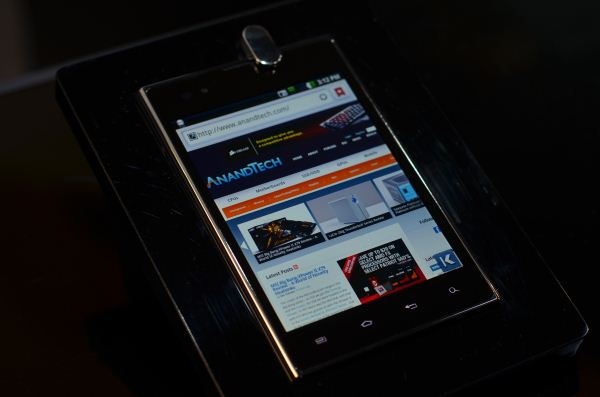






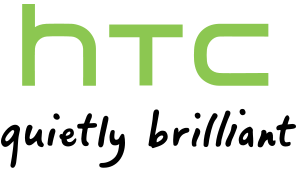



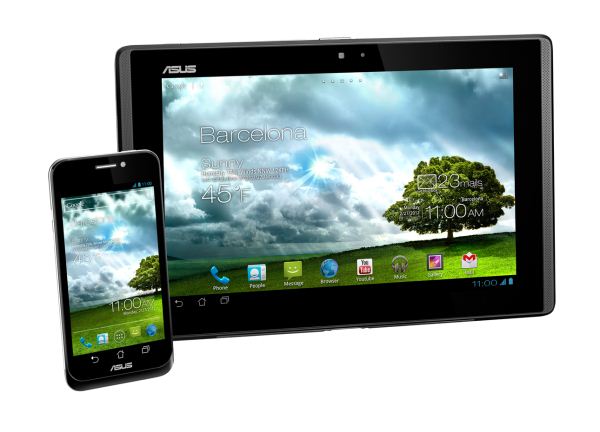
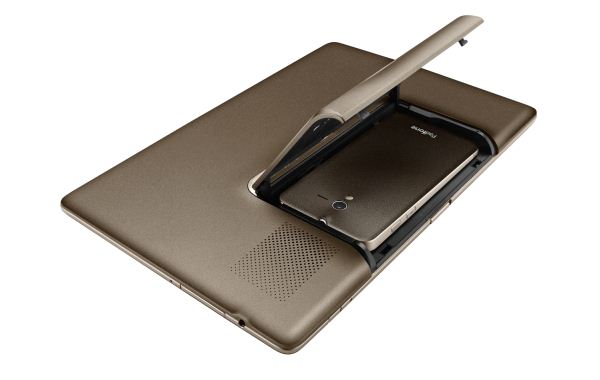
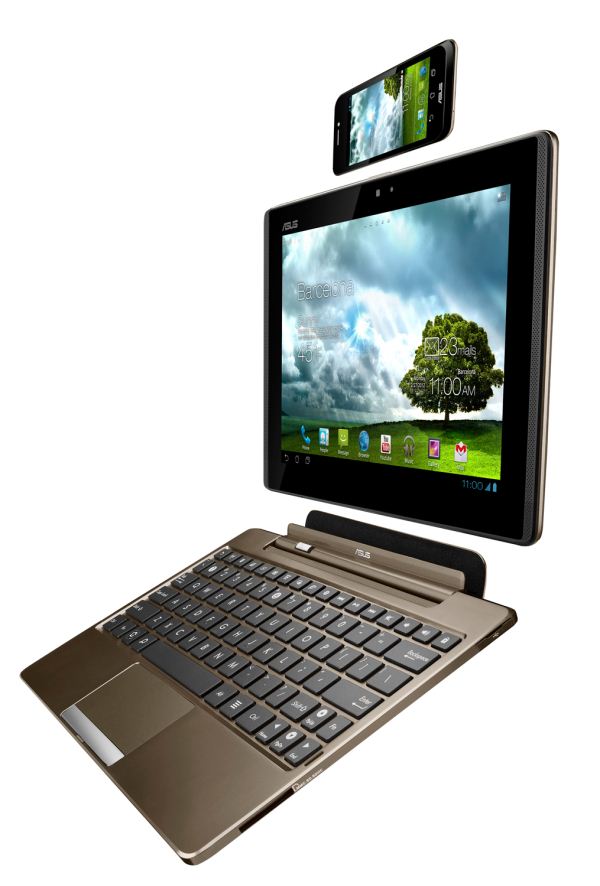
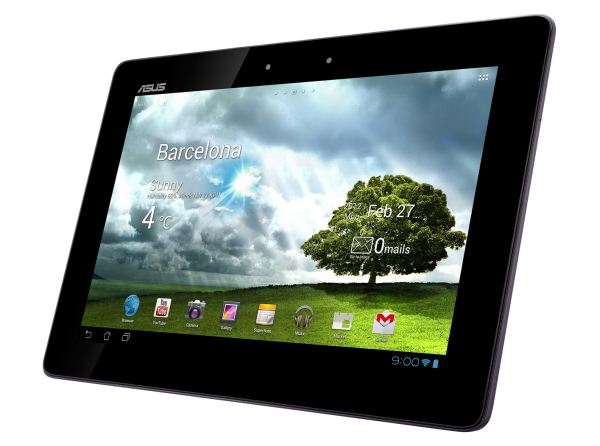
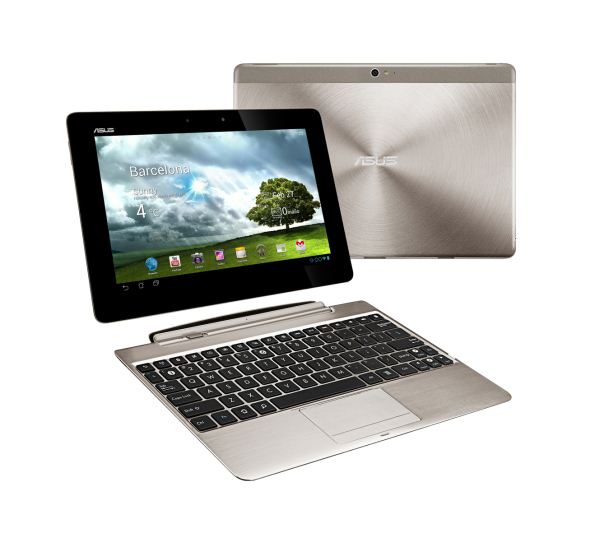
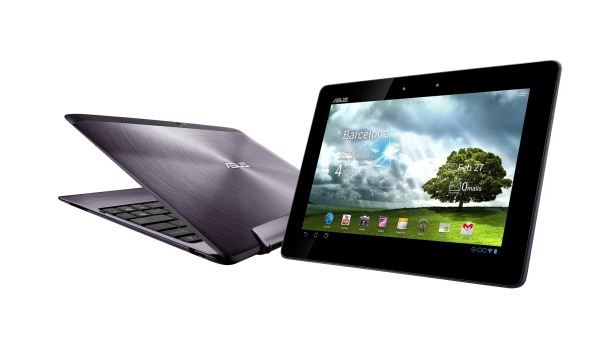
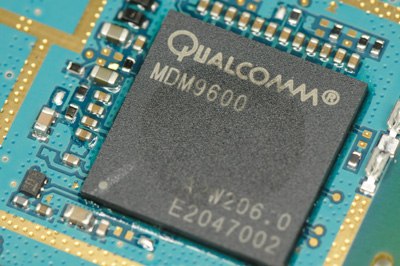
















Bookmarks